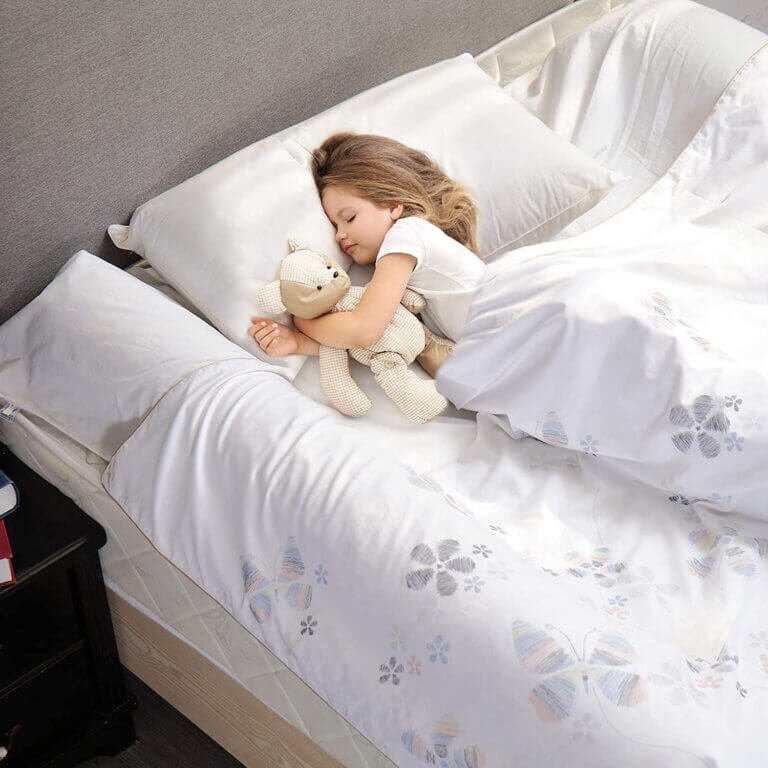Another option is to inquire with your healthcare provider or lactation consultant about any resources they might have available. They may be able to provide you with information on where to find free storage bags or even supply them directly.

Additionally, keep an eye out for promotions or giveaways from baby product brands. Many companies often run campaigns where they offer complimentary samples of their breast milk storage bags as a way of promoting their products.
It’s also worth considering participating in research studies related to breastfeeding and infant care. Some studies may provide participants with free supplies such as breast milk storage bags in exchange for their involvement.
Remember that eligibility criteria for each program may vary, so be sure to check the specific requirements before applying. Offering proof of pregnancy or birth certificate might be necessary in some cases.
By being proactive and exploring different avenues like community programs, healthcare providers, promotional offers, and research studies, you increase your chances of qualifying for free breast milk storage bags while ensuring that you have a reliable means of storing this precious resource safely!
Related: Can a Pack and Play Fit in a Suitcase? Fly With Pack and Play
Tips for Properly Storing Breast Milk
When it comes to storing breast milk, proper handling and storage techniques are essential to maintain its quality and ensure the well-being of your baby. Here are some tips to help you store breast milk properly:
1. Cleanliness is Key: Before expressing or pumping, make sure you wash your hands thoroughly with soap and water. Use clean containers specifically designed for storing breast milk.
2. Labeling and Dating: Always label each container with the date of expression so that you can use the oldest milk first. This will prevent wastage.
3. Storage Temperature: Freshly expressed breast milk can be stored at room temperature for up to four hours, in a refrigerator for up to four days, or in a freezer for up to six months.
4. Freezing Guidelines: If using breast milk storage bags, leave some space at the top as liquid expands when frozen. Make sure not to overfill the bag as it may burst during freezing.
5. Thawing Safely: To thaw frozen breast milk, place it in the refrigerator overnight or hold it under warm running water until completely thawed.
6. Avoid Microwaving: Never microwave breast milk as this can create hot spots that could burn your baby’s mouth.
Remember these tips when storing your precious liquid gold! By following proper guidelines and maintaining cleanliness throughout the process, you’ll be giving your baby safe and nourishing meals every time they need them
Alternatives to Free Breast Milk Storage Bags
When it comes to storing breast milk, there are alternatives available if you don’t have access to free storage bags. While these options may require a small investment, they can provide convenience and peace of mind for busy moms.
One popular alternative is reusable silicone breast milk storage containers. These containers are durable, easy to clean, and can be used over and over again. They come in various sizes and shapes, allowing you to store different quantities of milk according to your needs.
Glass jars with airtight lids are another option worth considering. Not only do they offer a safe and secure way to store breast milk, but they also eliminate the concern of chemicals leaching into the milk from plastic containers. Additionally, glass jars can be easily sterilized and reused.
If you’re looking for a budget-friendly alternative, ice cube trays or silicone molds can be used effectively. Simply pour freshly expressed breast milk into each compartment and freeze until solid. Once frozen, transfer the individual cubes or shapes into labeled zip-top freezer bags for organized storage.
For on-the-go convenience, consider using disposable baby food pouches that are designed for storing pureed foods. While primarily intended for baby food storage, these pouches can also work well for freezing breast milk in small portions.
Remember that no matter which alternative method you choose, proper labeling is essential! Always include the date of expression on every container or bag so you know when it was stored.
In conclusion (as requested not to use), while obtaining free breast milk storage bags may save some money initially,
exploring alternatives offers flexibility and long-term cost-effectiveness.
Conclusion: Investing in Quality Breast Milk Storage Solutions
While it’s great to take advantage of free breast milk storage bags when they are available, it’s important to remember that these offers may not always be around. That’s why it’s essential to invest in quality breast milk storage solutions for long-term use.
Quality breast milk storage bags offer a range of benefits. They are designed specifically for storing breast milk and have features like leak-proof seals, durable materials, and space for labeling. Investing in these high-quality options ensures the safety and longevity of your precious liquid gold.
Furthermore, if you plan on pumping regularly or need a larger supply of storage bags, purchasing them will save you money in the long run as opposed to relying solely on freebies.
When choosing a breast milk storage solution, consider factors such as ease-of-use, durability, and reputation among other breastfeeding mothers. Look for reputable brands that prioritize safety standards and provide clear instructions for storing your milk properly.
Remember that proper hygiene is crucial when handling breast milk. Always wash your hands before expressing or transferring the milk into storage containers. Label each bag with the date so you can easily keep track of freshness.
Additionally, make sure to store your expressed breast milk immediately after pumping or within four hours if left at room temperature (between 66-78°F/19-25°C). If refrigerating the milk (32-39°F/0-4°C), ensure it is used within three days; otherwise freeze it promptly at 0°F/-18°C where it can last up to six months.
By investing in quality breast milk storage solutions and following proper guidelines for handling and storing your precious supply, you’ll have peace of mind knowing that your baby will continue benefiting from all its valuable nutrients even when you’re apart.
So take advantage of any opportunities to get free breastmilk storage bags while they last but also consider investing in reliable options that will serve you well throughout your breastfeeding journey. Your baby’s health and well-being are worth it!




